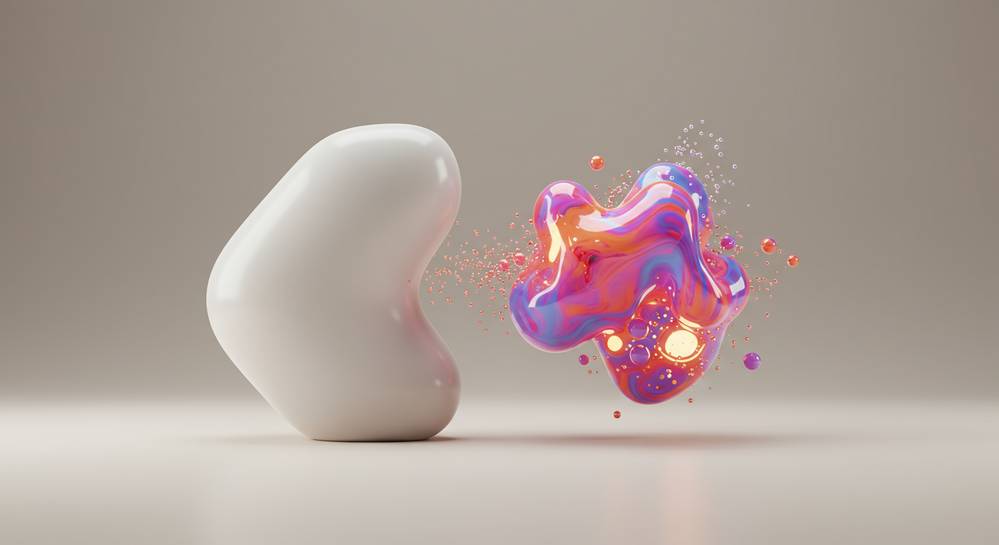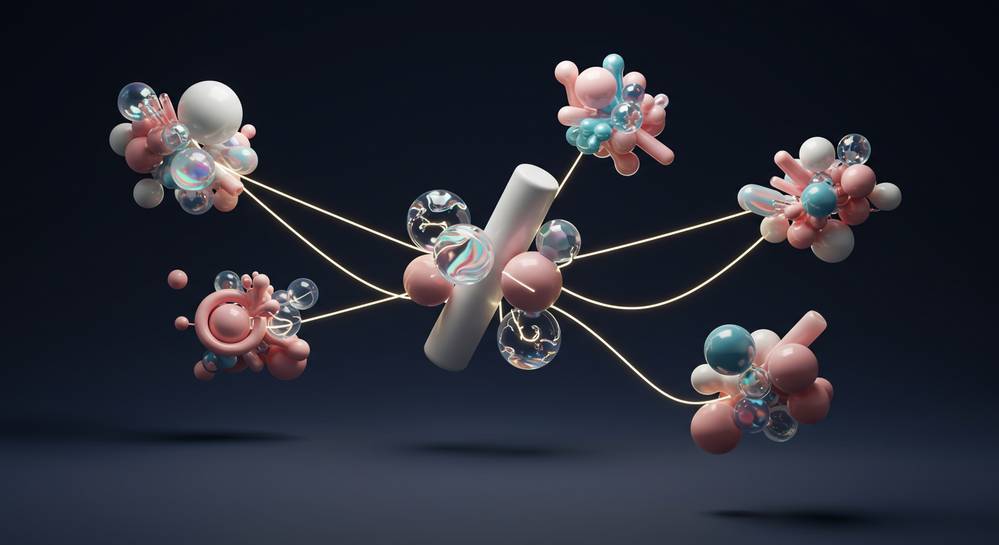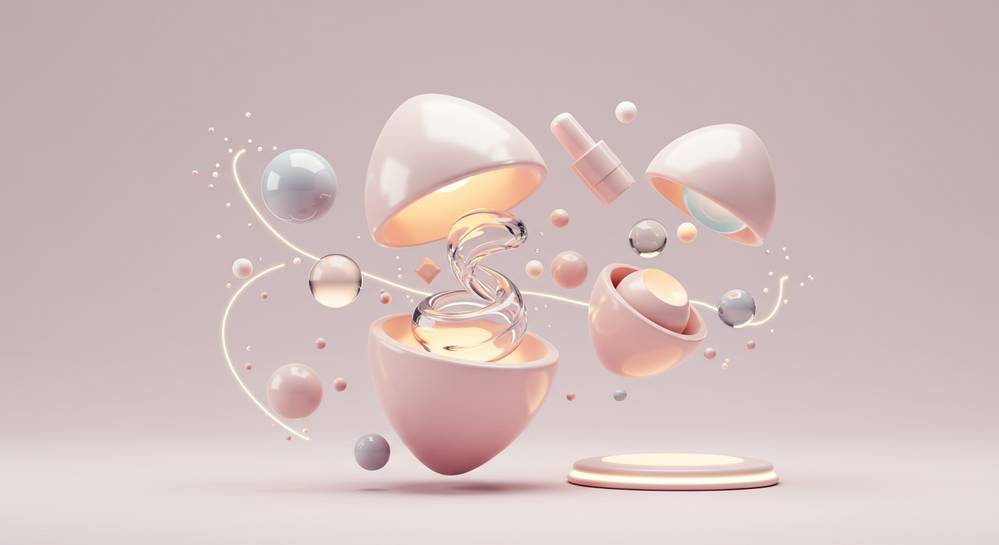The beauty industry is in a constant state of evolution, with major headlines often dominated by established giants purchasing innovative indie brands. This phenomenon is a core driver of market trends and portfolio growth. This guide provides a comprehensive analysis of beauty brand acquisitions, exploring the strategic motivations behind them, their impact on the industry, and what the future holds for these transformative deals.
What is a beauty brand acquisition

In the dynamic world of cosmetics, a beauty brand acquisition is a strategic transaction where a larger company purchases a smaller, emerging brand. This is not simply a financial exchange. It is a calculated move to absorb the target brand’s innovation, customer base, or unique market position. This process allows legacy corporations to stay agile and relevant in a rapidly changing industry driven by new consumer demands.
How an acquisition differs from a merger
Unlike a merger where two companies of similar size combine to form a new entity, an acquisition involves a larger player integrating a smaller one. The acquired brand typically becomes part of the parent company’s portfolio. This distinction is crucial in understanding the power dynamics of cosmetic company buyouts and their overall impact on the market landscape.
The strategic components involved
A strategic acquisition in beauty is defined by several core elements that drive its success and purpose. These transactions are carefully planned to achieve specific long-term goals. Key components include:
- A clear transfer of ownership from the smaller brand to the larger corporation.
- The integration of the target brand’s assets, from formulas to digital platforms.
- A primary goal of gaining a competitive edge, not just increasing revenue.
- Leveraging new ideas and the rapid advancements in modern beauty technology.
Why do major corporations acquire indie beauty brands

Major corporations pursue indie beauty brand acquisitions for several strategic reasons that are difficult to achieve organically. These high stakes deals reflect the core challenges and opportunities within the industry. Acquiring a smaller brand provides a shortcut to innovation, new markets, and a stronger competitive position. It is a calculated move to ensure long term growth and relevance.
The primary drivers behind these strategic purchases are multifaceted. They allow established companies to adapt quickly to shifting consumer preferences and market trends. Key motivations include:
- Gaining access to innovation is a top goal. Indie brands often lead with new ingredients and unique marketing that larger companies can integrate.
- Reaching new demographics is crucial. An acquisition provides immediate entry to a younger, digitally savvy customer base that legacy brands may struggle to attract.
- Diversifying the product portfolio allows a company to enter new categories. For example, a makeup giant can acquire a brand specializing in advanced hair care technology.
- Facilitating global expansion is another objective. The parent company can use its vast distribution network to scale a successful regional brand internationally.
- Neutralizing a potential competitor is a defensive strategy. Buying a rising star prevents it from eroding existing market share.
Notable examples of beauty brand acquisitions

The history of the beauty industry is marked by several landmark beauty brand acquisitions. These deals did more than just transfer ownership. They reshaped market trends and demonstrated the strategic thinking behind each purchase. Examining these examples reveals the different motivations driving corporate growth in the cosmetics world, from gaining new customers to entering high-growth sectors.
LOréal acquires IT Cosmetics
This deal was a masterclass in acquiring a brand with a deeply loyal customer base. IT Cosmetics focused on problem-solution makeup, resonating with consumers facing specific skin concerns. By purchasing the brand, LOréal instantly gained access to a unique market position and an authentic founder story that was difficult to replicate internally.
Estée Lauder acquires DECIEM
The acquisition of DECIEM, parent company of The Ordinary, allowed Estée Lauder to tap into the massive demand for transparent and affordable skincare. The Ordinary disrupted the industry with its science-backed, ingredient-focused approach. This move enabled the conglomerate to absorb that disruptive energy and appeal to a new generation of informed consumers.
Puig acquires Charlotte Tilbury
For the Spanish group Puig, buying the Charlotte Tilbury brand was a strategic entry into the luxury makeup sector. This acquisition provided a globally recognized, founder-led brand with a powerful digital presence. It successfully balanced Puig’s existing fragrance-heavy portfolio and positioned it as a major player in color cosmetics.
What is the future of beauty brand acquisitions
The landscape of beauty mergers and acquisitions is continuously evolving, driven by shifting consumer values and technological advancements. The industry is observing several key trends that will likely shape the deals of tomorrow. These shifts indicate a clear move towards brands that are more purpose driven, technologically integrated, and aligned with holistic wellness concepts.
Future beauty brand acquisitions will likely be defined by a focus on these specific growth areas:
- A strong emphasis on clean and sustainable brands. As consumers become more environmentally conscious, corporations are actively seeking brands with credentials in ethical sourcing and sustainable packaging.
- The deep integration of beauty and technology. Brands that successfully leverage AI for personalization or offer unique digital experiences are becoming highly attractive acquisition targets.
- Significant growth in the wellness sector. The line between beauty and health is blurring, increasing interest in categories like ingestible beauty and holistic self care products.
- The rising influence of private equity firms. These groups are playing a larger role by acquiring and scaling promising brands before selling them to larger strategic corporations.
Ultimately, beauty brand acquisitions are more than just business headlines; they are strategic decisions that shape the products we use and the trends we follow. These deals are a fundamental engine of innovation and growth, ensuring the industry remains competitive and responsive to consumer desires. For the latest analysis on what moves the market, continue to explore Beauty Buzz 365 for expert insights and forward looking commentary.




